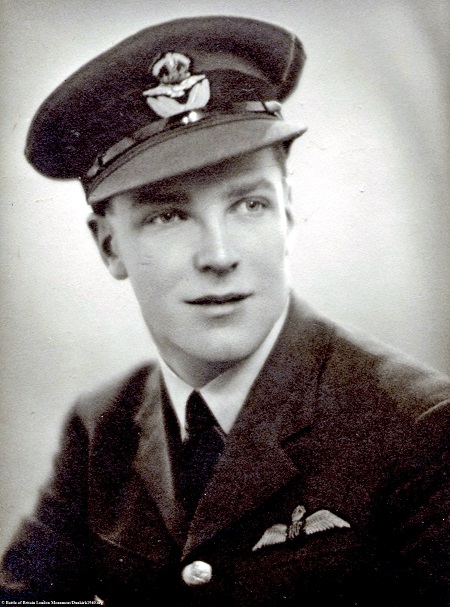Aircraft: Supermarine Spitfire Mk1

Number 222 squadron was on patrol over the Thames Estuary when they were 'bounced' by Messerschmitt 109s. This aircraft was one of three aircraft lost during the engagement. The pilot, Pilot Officer William Assheton, baled out with slight burns landing at Latchingdon and was admitted to St Peter's Hospital Maldon. The aircraft crashed and burned out at Linkhouse Farm, West Hanningfield, Essex, at 11.35am.

This was the third time P/O Assheton had been brought down during the Battle of Britain. He survived the war and in 1945 was awarded the DFC (gazetted 10th April 1945) for service with 540 Squadron, a Mosquito photographic-reconnaissance unit.
He remained in the RAF after the war, graduated from the RAF Staff College and retired on 22nd November 1957 as a Squadron Leader.
The item on display here is the bottom half of a small electrical circuit box, which is stamped with the Air Ministry symbol and part reference number. It was recovered by the London Air Museum along with a large number of other artefacts.
Nationality: British
Serial Number: K9993
Unit: 222 Squadron
Call sign: Not known
Date of loss: 20/09/1940

Number 222 squadron was on patrol over the Thames Estuary when they were 'bounced' by Messerschmitt 109s. This aircraft was one of three aircraft lost during the engagement. The pilot, Pilot Officer William Assheton, baled out with slight burns landing at Latchingdon and was admitted to St Peter's Hospital Maldon. The aircraft crashed and burned out at Linkhouse Farm, West Hanningfield, Essex, at 11.35am.

This was the third time P/O Assheton had been brought down during the Battle of Britain. He survived the war and in 1945 was awarded the DFC (gazetted 10th April 1945) for service with 540 Squadron, a Mosquito photographic-reconnaissance unit.
He remained in the RAF after the war, graduated from the RAF Staff College and retired on 22nd November 1957 as a Squadron Leader.
The item on display here is the bottom half of a small electrical circuit box, which is stamped with the Air Ministry symbol and part reference number. It was recovered by the London Air Museum along with a large number of other artefacts.
